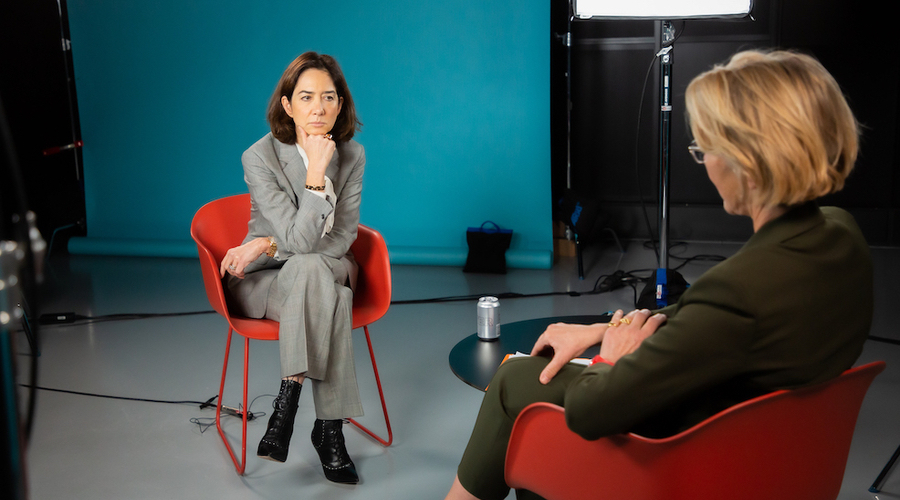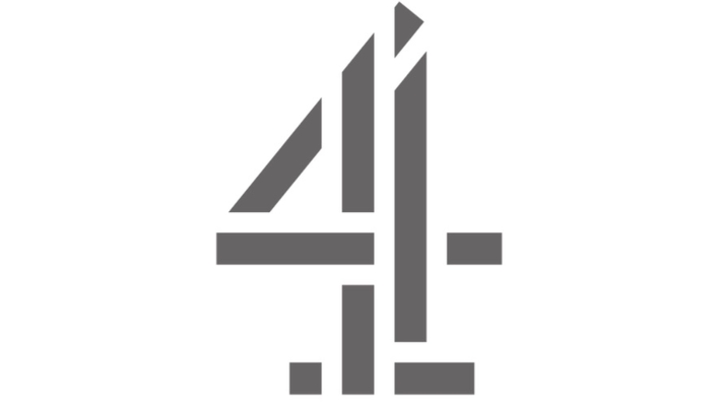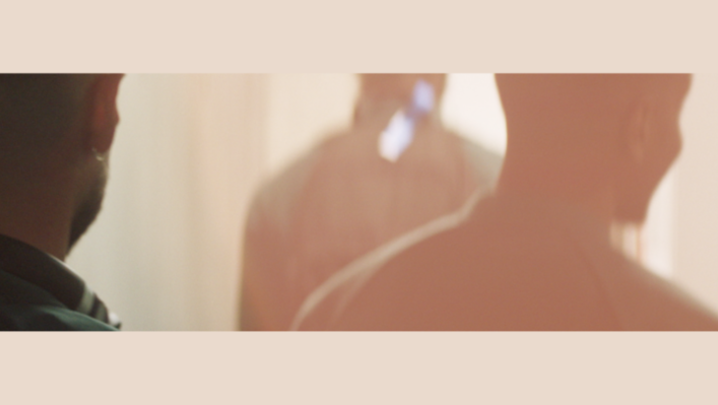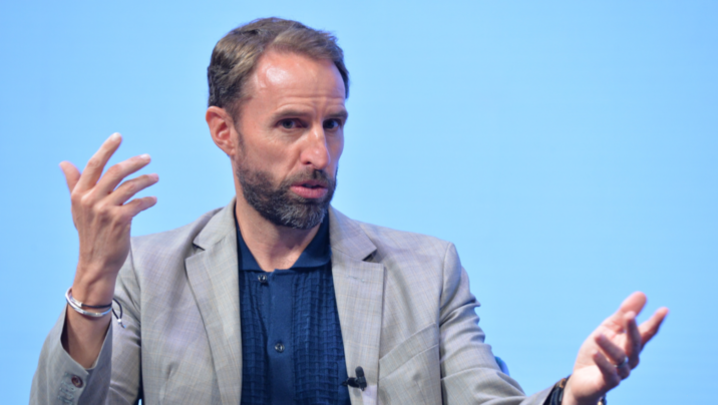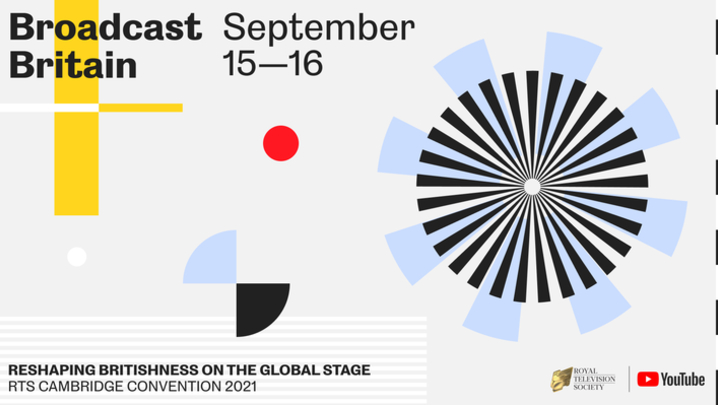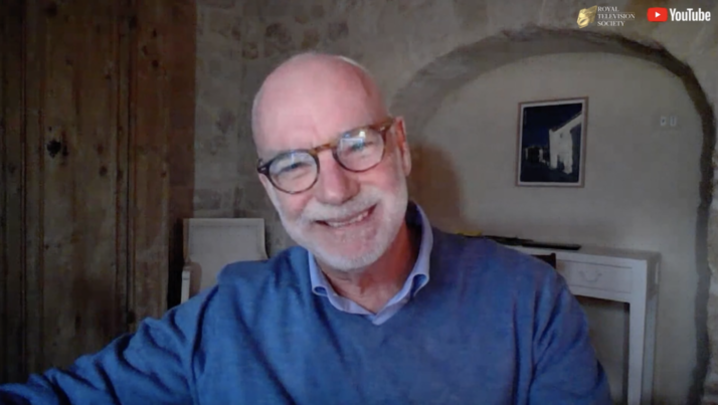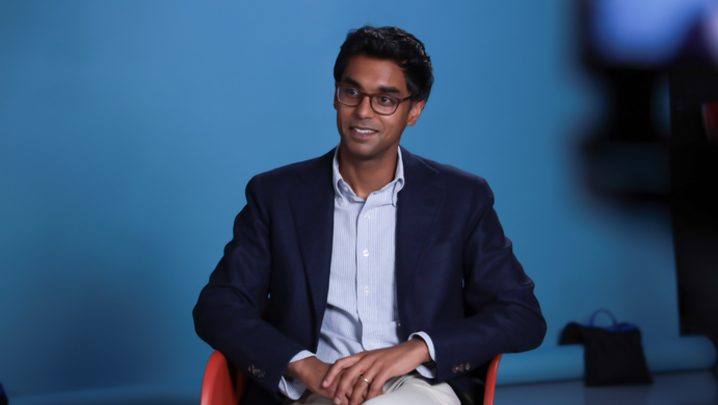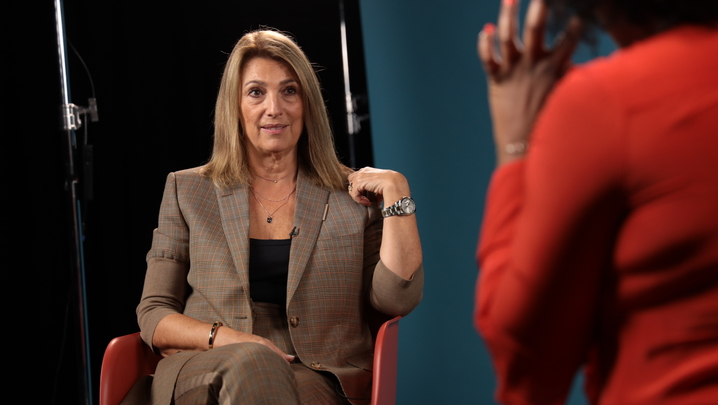Cecile Frot-Coutaz, head of YouTube, EMEA, has described how joining the Google-owned company after being a senior TV executive involved a step change in working culture.
She joined YouTube in 2018 from global production giant Fremantle, where as CEO she oversaw international hits like the Idol franchise and X Factor.
“It’s very different to working in TV in a vast number of ways…YouTube speaks a different language…The first thing that hits you are the acronyms…
“What strikes most people when they come in from outside is how collaborative the culture is.
“Collaboration is almost hard-wired into the structure but also the tools…For any given initiative, you can’t make any progress if you haven’t aligned cross functionally.”
Within any Google company teams containing experts from different disciplines collaborate. Frot-Coutaz said this approach delivered a high level of creativity because it was essential to listen to colleagues’ viewpoints.
“It’s quite tough when you come in from outside because those structures are not necessarily visible immediately. It takes a little while to understand how to operate in what is quite a fluid and ambiguous environment.”
She said it took her 18 months to feel she was no longer a newbie at YouTube, partly because of the company’s size and complexity.
“You can become a little impatient. ‘Do we really need to have another meeting with ten people to discuss this?’ It can take longer to get to a decision, but I believe you get to a better outcome.”
On the other hand, during a crisis YouTube can move quickly, she explained.
Unlike TV where it’s not unusual for shows to launch before they are fully completed to gauge how audiences will respond to them, YouTube operates in “a culture of constant iteration” driven by data.
The workforce is significantly younger than in TV and a lot of transparency is required from YouTube’s leaders.
“There is also a different lens on what good looks like,” Frot-Coutaz added. “In traditional media there is some growth, but they are mature businesses, but these are start-ups…The bar is very different.”
She said the best way to describe YouTube to those unfamiliar with the platform was “a giant video library,” searchable from any digital device.
“If you use it a lot it’s going to get to know what you like,” said Frot-Coutaz. “If you watch X, the algorithm will offer more of X but it might also offer Y because somebody who watched Y also watched X.”
Was YouTube a competitor to TV? “It competes with anything that competes for your attention…newspapers, gaming platforms, TV and radio.
“It’s both an education and entertainment platform. But in lots of ways, it’s very different to TV because it’s a hosting platform. At its core YouTube is there to enable the connection between the content creator in the widest sense of the word and an audience. And to make that connection as rich and interactive as possible.”
Cecile Frot-Coutaz, Head of YouTube, EMEA, was in conversation with Jane Turton, CEO of All3Media, on November 18, part of the RTS Digital Convention 2020, sponsored by YouTube. A full report of the session will appear in the December-January edition of Television.


